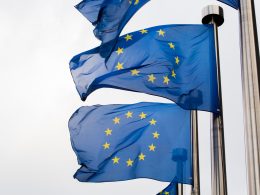California Resources Corporation (CRC) and its carbon management business, Carbon TerraVault (CTV), have announced state approval for California’s first carbon capture and storage (CCS) project. Located at CRC’s Elk Hills cryogenic gas plant in Kern County, the project will capture and permanently store up to 100,000 metric tonnes (mt) of carbon dioxide (CO2) annually.
CRC recently secured Class VI well permits from the Environmental Protection Agency (EPA) for CO2 injection, and operations are set to begin in late 2025. The project is expected to reduce Scope 1 and 2 greenhouse gas emissions from CRC’s Elk Hills Power Plant by up to 7% and generate significant economic returns through federal tax credits, decarbonised gas efficiency, and other incentives.
“This approval highlights our ability to deliver innovative carbon management solutions while reducing our own emissions,” said Francisco Leon, CRC’s President and CEO. “The project not only reinforces Carbon TerraVault’s leadership in decarbonisation but also creates lasting value for shareholders, partners, and California’s energy future.”
Wade Crowfoot, California Natural Resources Secretary, said it is a critical step in slashing carbon pollution while transitioning to a cleaner economy. “Capturing and removing carbon from the atmosphere is vital for meeting our climate goals,” said Crowfoot. The Elk Hills project is part of a joint venture between CRC and Brookfield, which together oversee the 26R reservoir. With an injection capacity of 1.46 million metric tonnes of CO2 annually, the site has a total storage potential of 38 million metric tonnes. .
Through this venture, CRC is expected to qualify for $85 per metric tonne in federal 45Q tax credits, with additional potential revenue from Low Carbon Fuel Standard (LCFS) credits and reduced Cap-and-Trade liabilities, pending state regulatory approval. The company anticipates significant financial returns, projecting an internal rate of return on the high end of its previously disclosed range of 10% to 30%.





















